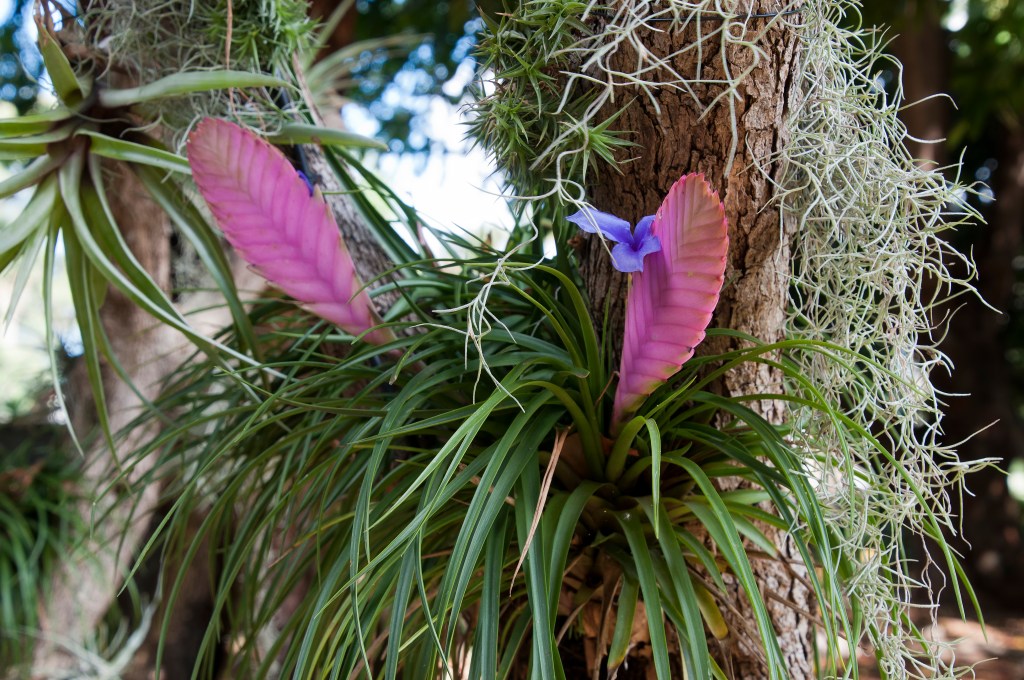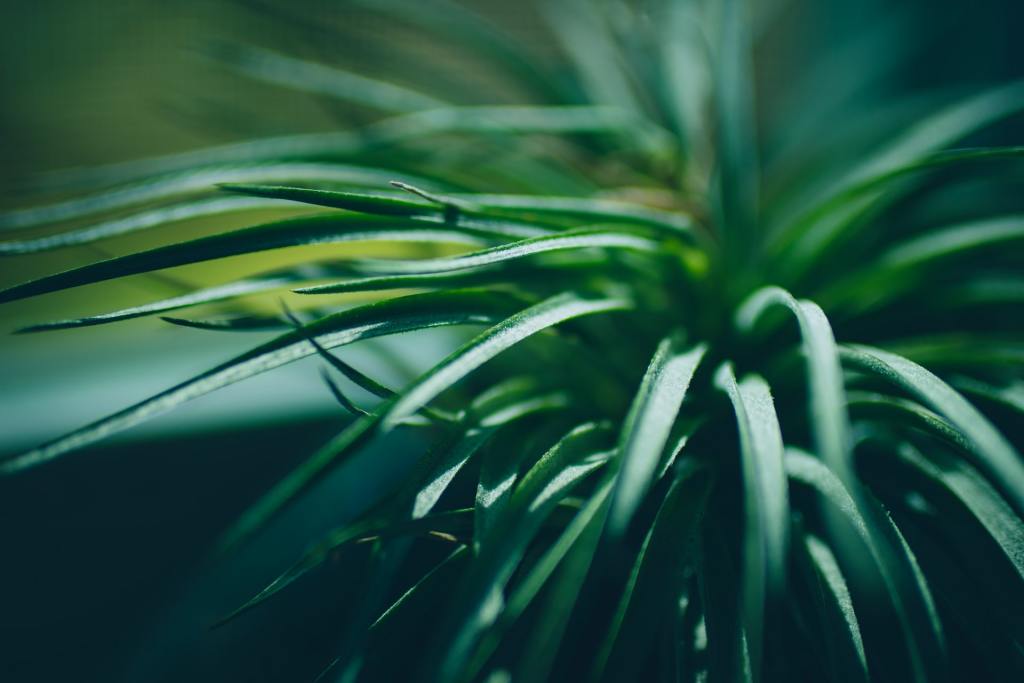Some plants are harder to find than others, and some plants aren’t as popular. So while you may or may not have heard of this plant or seen it before at the garden center, it’s a stunning plant that we think needs more attention. If you’re looking for something unique and interested to add to your plant family, this might be just what you’re looking for. And for those who love a pop of pink in their plant, this one is named the pink quill for a reason!

What is a pink quill?
The pink quill is actually a part of the air plant family and can be grown in both air plant or soil options. This specific plant will thrive better in soil. The pink quill is also unique to its air plant cousins because of the, well, pink quill that it grows when provided with the perfect amount of light, water, and fertilizer. The leaves or greenery of the pink quill are a dark green and are long and slender like most other air plants. They grow circular and create a little “bush” of greenery around the pink quill. This contrast in color is stunning, and it’s sure to be an excellent conversation starter. They’re native to the rainforest, which might give you an idea of the type of conditions they’re accustomed to. However, keep in mind that no matter how well you care for the plant, the pink quill won’t produce its famous pink quill until it reaches maturity. This may take anywhere between two to three years. Once the plant grows “offsets” (which you can propagate and share with your friends and family), they’ll begin to bloom that gorgeous pink quill and fill your home with a fun and unique look.
Care tips for pink quill
While it isn’t hard to care for the pink quill, and it’s pretty forgiving for plant parents who might be more forgetful, it’s still a plant with a few unique care needs that might be harder for beginner plant parents to remember. However, we’re confident that this guide will prepare you and enable you to give it a try anyway!
Water
The pink quill is a rainforest native, and it’s this in combination with their relation to air plants that makes watering this incredible plant a little unique compared to how you probably water your other plant babies. While you’ll still need to provide the roots with water, your pink quill will thrive and grow much healthier if you spray the leaves with water frequently. Like air plants, it’ll soak in the water through its leaves.
Light
The pink quill plant wants really good access to bright natural light. This kind of light will encourage your plant to flower and keep its intense colors. However, don’t put the pink quill in direct sunlight, or else you might risk burning the plant’s leaves and the pink quill.
Food
This is another area of the plant’s care that is unique to the pink quill that you might not have experience with as a beginner plant enthusiast. The pink quill will want to be fed with what’s called foliar fertilizer. This fertilizer is explicitly made to be applied directly to the leaves of a plant. Several plant varieties prefer this method of fertilization, and the pink quill is one of them. Luckily, it’s pretty easy to find one of these in spray bottle form. If you have experience with orchids, you probably already have some in your cabinet.
Temperature
Since the pink quill is used to tropical climates, it’s best if it can be kept in the warmest room of your home. Be sure the temperatures never dip below 55 degrees, or else your plant might suffer.

Toxicity
Your cat might vomit if they chew on the green leaves of a pink quill. However, this plant isn’t toxic to cats, dogs, or humans.
This plant is a fantastically unique option to add to your house plant collection, and we’re sure you’ll enjoy the brilliant pink quill it produces when thriving. Please don’t be shy and go ahead—give it a shot!


